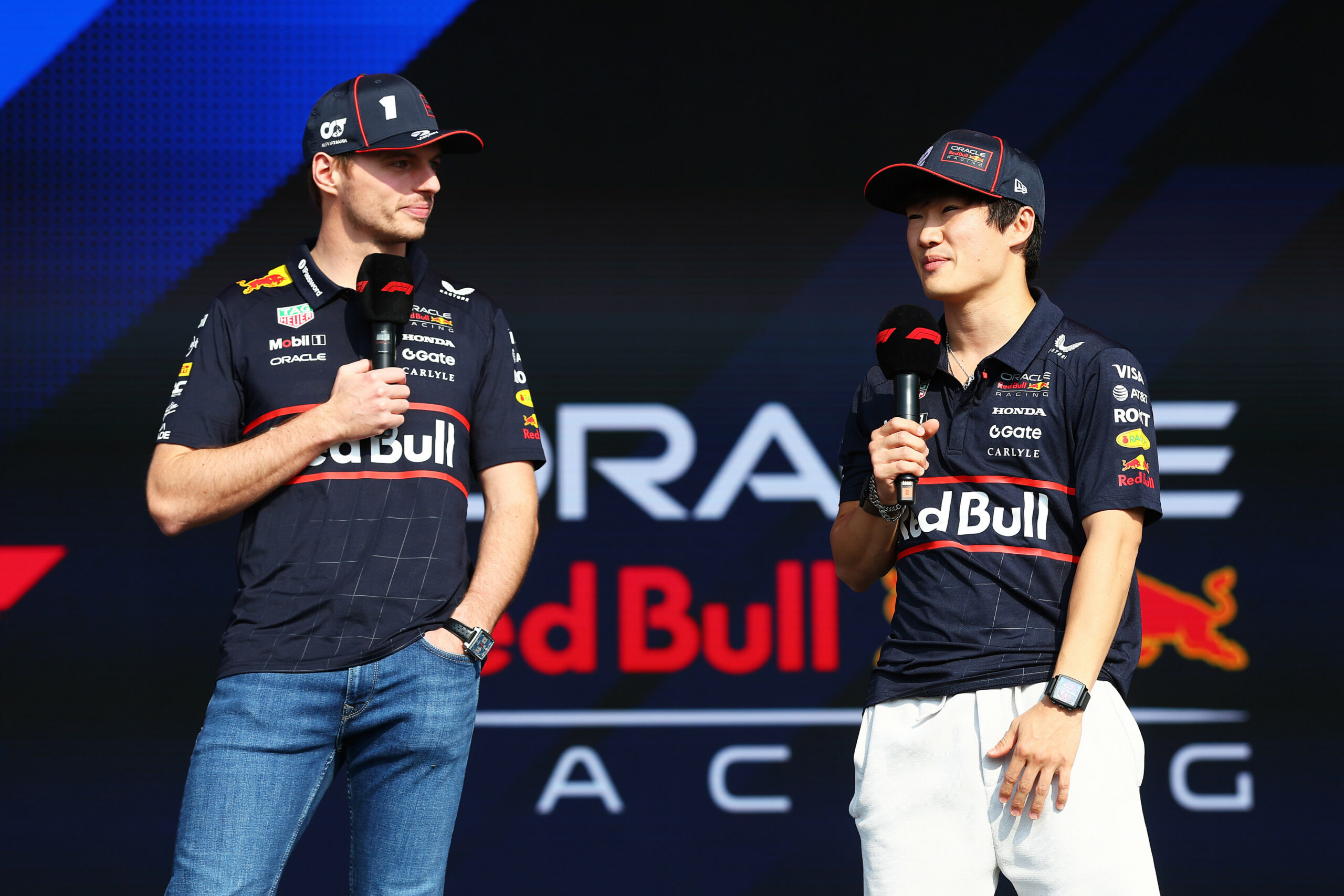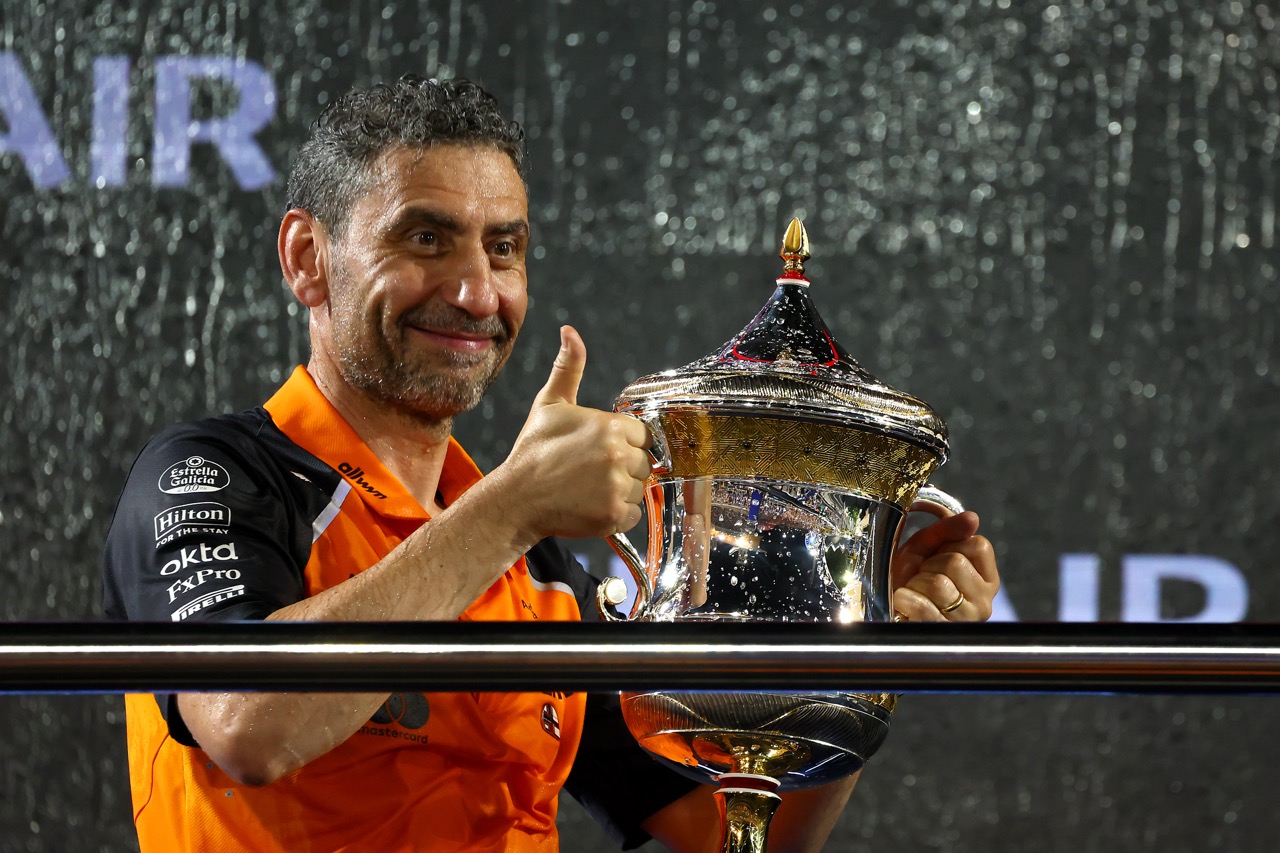Testing of MotorSport Vision’s interim technical upgrade package for the 2026 GB3 Championship continued at Circuito de Navarra last week, marking another major milestone in the car’s development programme. With Formula 2 driver John Bennett back behind the wheel, the three-day test focused on the durability of the new 2.4-litre Mountune engine — and by all accounts, the results were faultless.
Strong progress in durability testing
The test served as part of MSV’s continuing development of the upgraded Tatuus MSV GB3-025, which will make its competitive debut in 2026. The revised car features a raft of performance and reliability enhancements, including a more powerful and durable 2.4-litre engine delivering 25% more torque than its predecessor.
Bennett, who finished runner-up in the 2024 GB3 Championship before stepping up to Formula 2, reported that the car performed flawlessly throughout extensive mileage at Navarra.
“It went really well, we had three really productive days, we got a load of running and did around 1000kms,” the 2024 GB3 runner-up reported. “The car ran without a problem and great to be in it again and feel the extra power. It’s a lot of fun.”
He noted that compared to the car’s previous outing at Donington Park, the test conditions in northern Spain provided a clearer environment to push the limits of the machine.
“The test at Donington was a race weekend test day with a lot of red flags, so we only got about four clear laps in the end whereas this time we did about 300 laps,” he commented.
Significant step in pace and consistency
With uninterrupted running and varying tyre conditions, the test provided valuable data on the car’s balance, speed, and long-run performance. Bennett confirmed that the latest specification is delivering a tangible step in outright pace.
“The car is definitely very quick, I think compared to testing at the same circuit last year it’s more than 1.5 seconds quicker now, so really impressive. We were able to run it on new tyres, old tyres, then do race runs and qualifying sims and it all went really smoothly.”
The extensive test also underlined the robustness of the car’s upgraded systems. The package is designed to improve reliability through strengthened chassis components, upgraded gearbox lubrication, and revised cooling and exhaust systems. The Navarra test validated those upgrades under intense endurance conditions.
“It was really just endurance testing the car, doing laps and laps and laps until something breaks, but nothing broke! We never had to stop, so they ended up being quite exhausting days for me, but it’s great to get as many laps as possible and the car did very well.”
Engine upgrade brings greater torque and driver involvement
The Mountune-built 2.4-litre engine is the centrepiece of the 2026 package, replacing the current 2.0-litre unit. The increased torque is immediately noticeable, giving the car improved traction and acceleration — especially through lower-speed corners.
“Navarra has quite a few low speed corners and you can really feel it on the exit now, especially as the tyres start to degrade. You can really get some wheel spin going, which is always quite fun, and not something that’s been possible in a GB3 car before.
“The old car had so much traction that you could never really spin up the rears where now you have to be a lot more careful with it. It’ll make the car a lot more fun in the wet too and a lot trickier, which is always good for driver development.”
The added challenge of managing throttle input and rear grip represents a key step in aligning GB3 with the demands of higher single-seater categories, including FIA Formula 3 and Formula 2.
A better preparation for the next step
Bennett reiterated that the more powerful, responsive car will better prepare young drivers for the challenges of racing further up the ladder. The focus on tyre management and throttle modulation mirrors the requirements of international competition, giving drivers a stronger foundation before advancing.
“Throttle application and managing the rear tyres are such a big thing when moving up to Formula 3 and Formula 2, but it’s not really been an aspect that you learn a great deal of in GB3. Whereas now with this new change to the engine and the extra power, I think it becomes a lot more important. So it’s a great tool for learning.
“We are seeing a bigger time difference delta compared to the new tyres and old tyres, and that can obviously make the racing more exciting. If someone saves tyres for the reverse grid race the advantage will be bigger than it used to be, which opens up the strategy a bit more and changes how drivers will approach the weekend.”
Bennett’s observations align with MSV’s goals for the 2026 car: to create a platform that combines performance, reliability, and educational value. The changes are designed not only to raise the competitive standard but also to ensure the series remains an ideal proving ground for drivers progressing toward Formula 1.
Ongoing development towards 2026
The 2026 prototype car will continue its test programme at Navarra over the coming weeks, focusing on refining performance and assessing new components. These include additional aerodynamic tweaks, further weight savings, and software calibration for the enhanced engine and gearbox systems.
MSV has confirmed that the majority of upgrades will be supplied to teams free of charge, reinforcing the organisation’s commitment to competitive value and sustainability within the championship.
With early results showing both increased pace and faultless reliability, the 2026 GB3 car is shaping up as a major leap forward. As testing continues, Bennett’s feedback provides strong evidence that the next-generation GB3 package will not only improve performance but also deepen the series’ role as a vital step in the international single-seater pathway.





